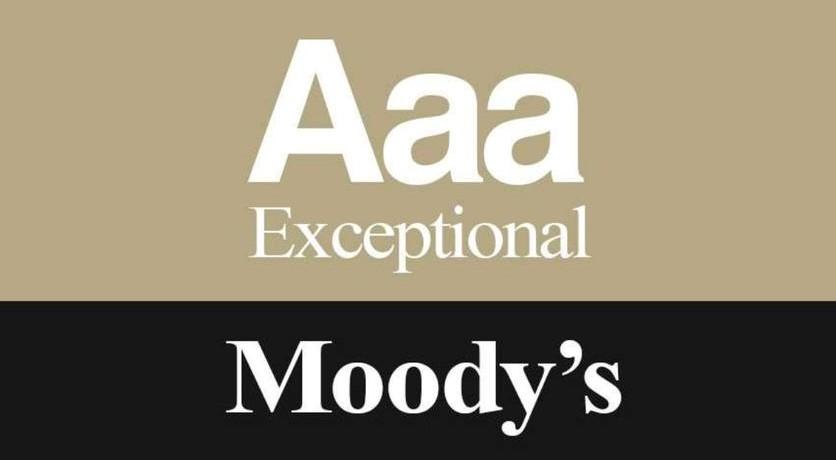A County Executive undergoes two kinds of performance evaluations. One is the very public campaign for re-election. The other is the far less public annual presentations to the bond rating agencies, Moody’s and Standard and Poor’s (S&P).
We did the bond rating presentations last week, and I want to pull back the veil. Unfortunately for you - and I suppose for me - it’s no longer a junket to hob-nob with the Wall Street crowd in the Big Apple. It’s just another virtual meeting, but I’ll try to spice it up.
The team of presenters this year was yours truly, Director of Finance Billie Penley, Budget Officer Chris Trumbauer, and Jonathan Boniface and Wes MacQuilliam from Economic Development. Chief Administrative Officer Christine Anderson was on hand to help with the tough questions.
The goal is to achieve the highest possible rating - the sought-after AAA - by convincing the analysts that we are a good credit risk. S&P has scored us at that level since 2007, but it was just last year that Moody’s upgraded us. You heard about that AAA upgrade during my re-election campaign because I was damn proud of it. A higher rating leads to taxpayers spending less of their hard-earned money on interest payments when we borrow for our capital improvements. The analysts look at us like they would a company on the stock exchange: our budgeting assumptions, our financial management practices, our liabilities, our reserves, our ability to generate future revenue, our vulnerability to threats, and our economic outlook. They want to know that we are well-managed and well-led. Any weakness could lead to a downgrade. I’m first at bat.
We use slides to keep us focused, and I have five. The first is the county overview - our demographics, location, and economic drivers, the ones that suggest strong revenues - median income of $108k, 43% college graduates, Baltimore-Washington corridor, Fort Meade, BWI Airport, two major hospitals, state capital, Live Casino and Arundel Mills Mall. I throw in growing diversity, open space, and 530 miles of coast as strengths, because they are.
Then I talk about the relationship between county government and its constituents. I describe things that we are doing to build trust in the institutions that deliver public services - things like budget town halls, community-driven planning, and our growing Open Arundel performance metrics site. I discuss the work we do to build trust between people of different backgrounds and cultures through our Office of Equity, Diversity, and Inclusion, and I describe our efforts to close the wealth and opportunity gaps that have grown in recent decades amidst economic prosperity.
I suspect that very few county leaders talk of these things to their rating agency analysts, but they should. These are thirty year bonds that we sell, and we must demonstrate that we are creating a well-educated, civic-minded community that is planning for its future rather than tearing itself apart.
The analysts want to know that we can grow, and I’m honest about challenges to growth in our county. Opposing new development is effective politics here, like it is in much of suburban America, but I make the case that Plan2040, our greener, smarter, more equitable twenty-year general development plan has enough community support to allow us to deliver workforce housing, redevelopment, and transit-oriented development as long as we deliver the infrastructure for it and protect our natural resources. I even have a slide about our new Resilience Authority, and how we plan to protect our infrastructure from the impacts of climate change.
And then I get to the part I’m most proud of - fiscal discipline. Any company with access to capital, or any government with access to taxpayers can invest in its future. Responsible investing is an art.
I talk about refusing to use one-time money for recurring expenses, lowering our borrowing for the first time in history by using our fund balance on capital projects, stowing money away in our reserve fund for a rainy day, funding our pension obligations beyond required levels, and taxing both income and property at levels far below those of our neighbors and far below the state cap.
I tell the analysts that we not only do those things, but we brag about them. We campaign on them. Our electorate, I argue, wants fiscally responsible leadership that is honest with voters about what things cost, and does the hard work of building support for public investments rather than playing financial games. In other words, Anne Arundel County government is a safe place to invest for the next thirty years.
We’ll find out in a week or two whether we keep our two AAA ratings, but if we don’t, it’s on me, not on my co-presenters. All four of them knocked it out of the park and made me very proud to be surrounded by the AAA Team!
Until next week…
Steuart Pittman
Anne Arundel County Executive

